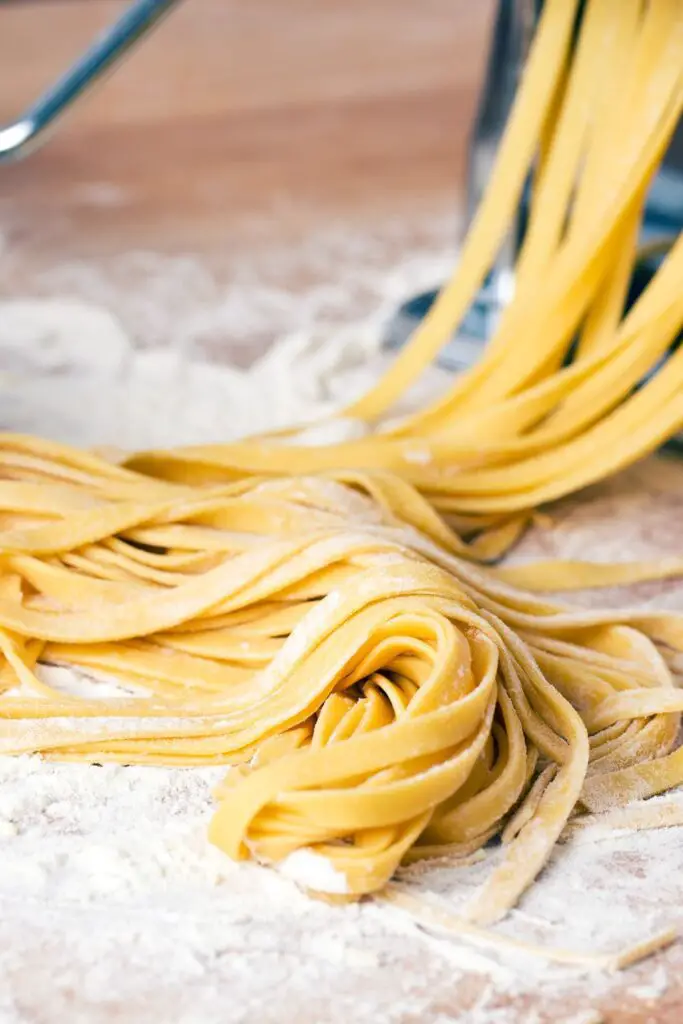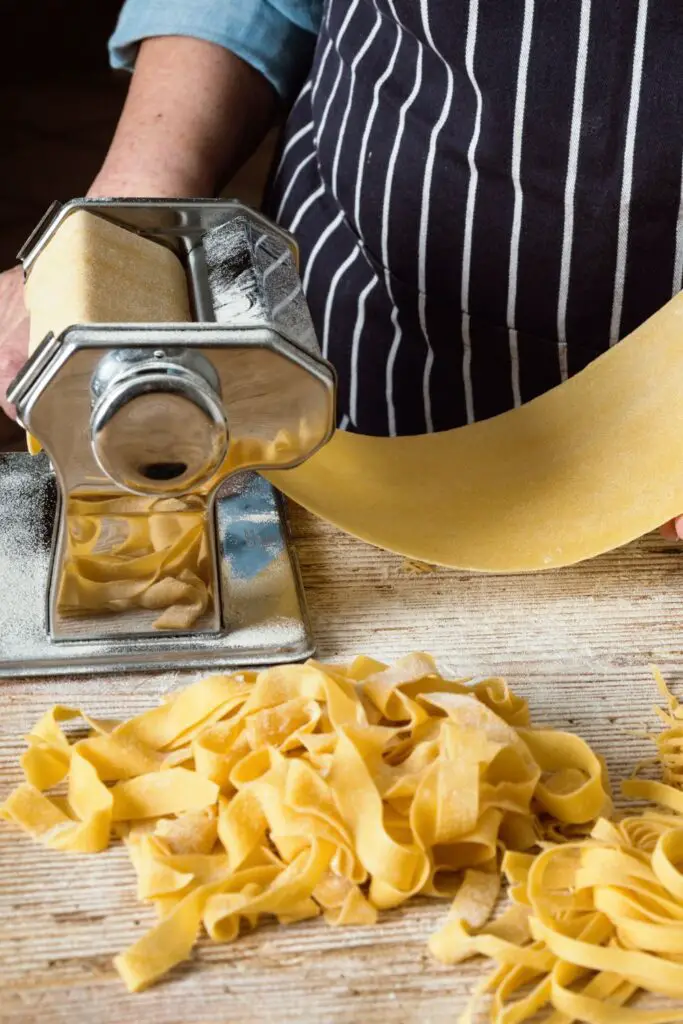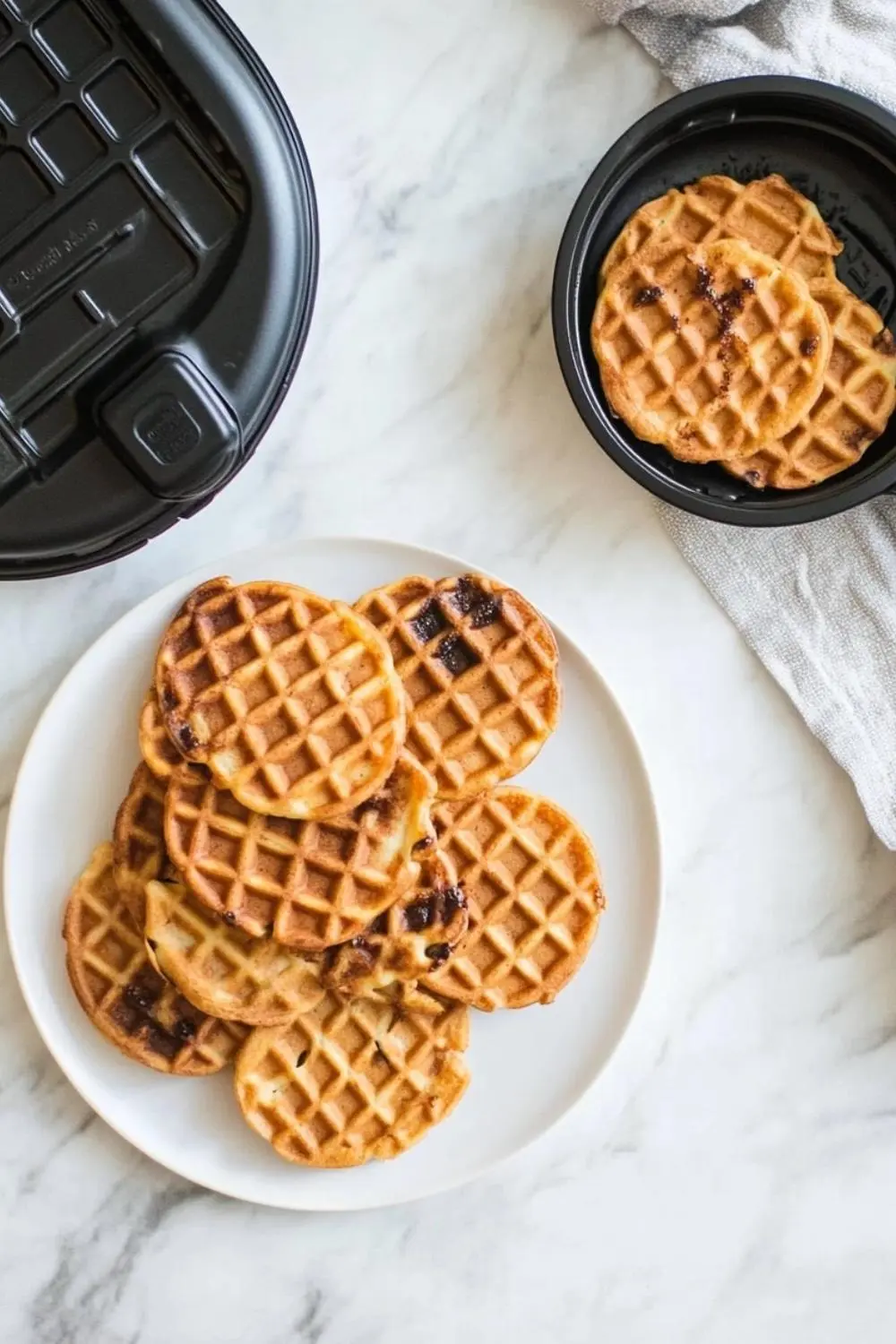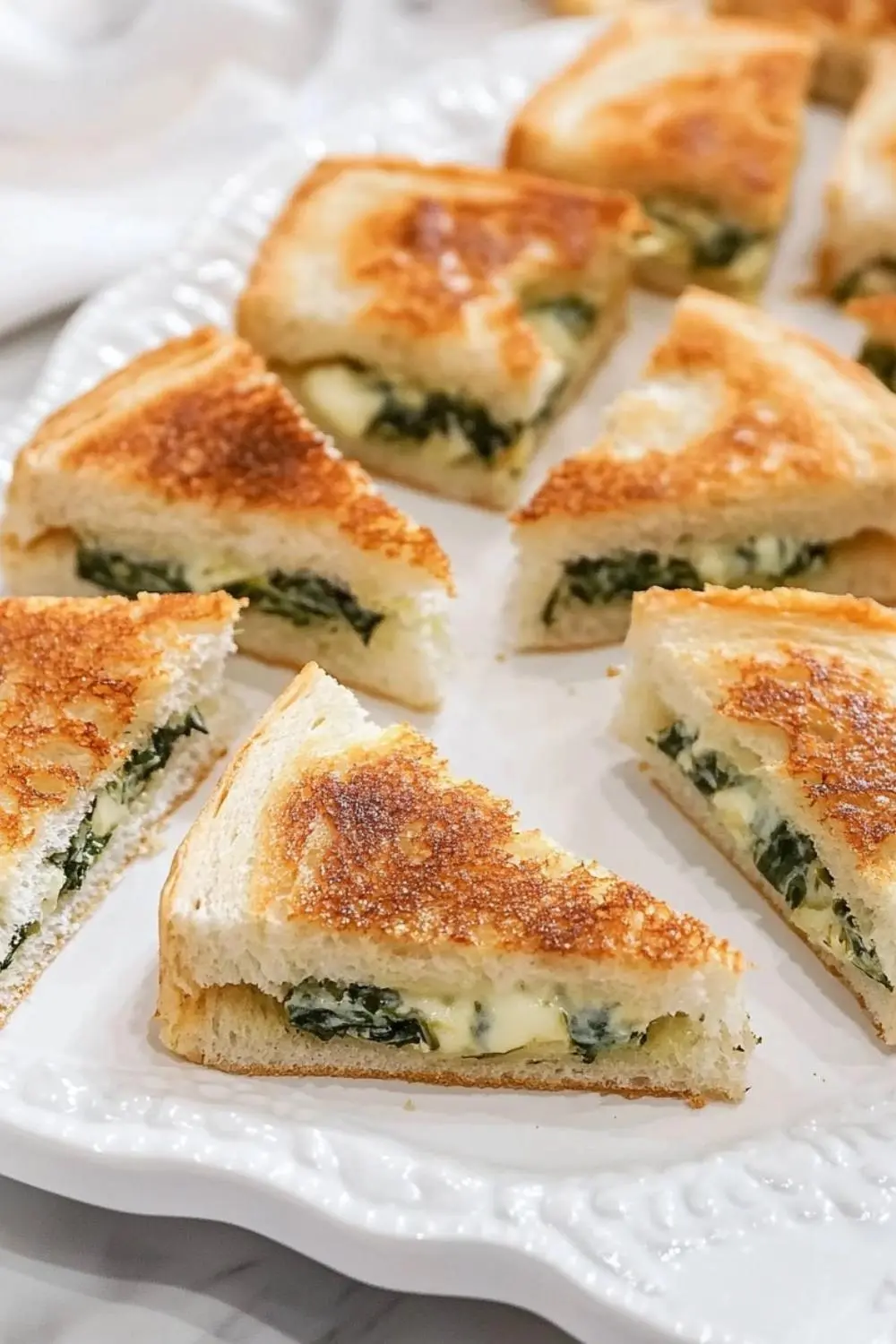Homemade pasta might sound intimidating, but it’s surprisingly easy to make—no fancy equipment needed! Whether you’re craving spaghetti, tagliatelle, or rigatoni, freshly made pasta offers a rich, toothsome texture and flavor that’s hard to beat.
Here’s everything you need to know to create delicious pasta from scratch, using just a few simple ingredients.
Why Make Pasta at Home?
In Italy, pasta is as much about the noodles as it is about the sauce. While high-quality dried pasta is widely available, fresh pasta delivers a completely different culinary experience. It’s rich, flavorful, and has a tender yet firm bite.
Plus, making your own pasta allows you to control the quality of ingredients and experiment with flavors. Pair your fresh pasta with a delicious pomodoro sauce for a classic Italian dish.
Ingredients for Homemade Pasta
You only need two basic ingredients to get started:
- Flour: Use all-purpose flour, semolina flour, or a mix of both for a more authentic Italian texture.
- Eggs: Provide the moisture and richness that binds the dough.
Suggested Ratios:
- Flour: Use 2 cups of flour (a mix of 3:1 all-purpose to semolina is ideal).
- Wet Ingredients: Use about 2/3 cup of wet ingredients (typically eggs, but you can substitute with milk or mascarpone for a twist).

Step-by-Step Instructions
1. Mix the Dough
- Create a mound of flour on a clean surface and make a well in the center.
- Crack eggs (or pour your wet ingredients) into the well.
- Using a fork, whisk the wet ingredients while gradually incorporating flour from the edges of the well.
- Once the dough becomes too firm to mix with a fork, switch to your hands and knead.
2. Knead the Dough
- Knead the dough on a lightly floured surface for about 8–10 minutes until it is smooth and elastic.
- Wrap the dough tightly in plastic wrap and let it rest in the refrigerator for at least 30 minutes. This helps the gluten relax, making it easier to roll out.
3. Roll Out the Dough
- Divide the dough into smaller portions for easier handling.
- Using a rolling pin, roll out each portion on a floured surface as thin as possible. If you have a pasta roller, you can use it for even, uniform sheets.
4. Cut the Pasta
- Use a sharp knife or a pizza cutter to slice the dough into your desired shape: fettuccine, tagliatelle, or even squares for ravioli.
- Lightly dust the noodles with flour to prevent sticking.
Cooking Fresh Pasta
Fresh pasta cooks much faster than dried pasta—just 2–4 minutes in boiling salted water. Be sure to check frequently to avoid overcooking.
Serving Suggestions
Quick Summer Sauce
Pair your fresh pasta with a light, no-cook sauce:
- In a large serving bowl, combine:
- Diced fresh tomatoes
- Chopped garlic
- Fresh basil leaves
- Cubed mozzarella cheese
- A generous drizzle of olive oil
- Once the pasta is cooked, transfer it directly from the pot to the serving bowl. The heat from the noodles will soften the tomatoes and melt the mozzarella, creating a quick and flavorful dish.
For heartier meals, try recipes like rigatoni with sausage, peppers, and onions or indulge in butternut squash tortelloni with cranberry walnut sauce.
Classic Pairings
- Bolognese Sauce: The hearty flavors of this meaty sauce perfectly complement the chewy texture of fresh pasta.
- Cacio e Pepe: A simple combination of cheese and black pepper allows the pasta’s flavor to shine. Learn how to make the perfect Cacio e Pepe here.

Tips for Success
- Resting the Dough: Don’t skip the resting step—it’s key to achieving silky, pliable dough.
- Rolling Thin: The thinner the dough, the better the texture. Aim for translucent sheets if possible.
- Experiment: Swap some eggs with mascarpone or milk for a creamier flavor, or add spinach puree for green pasta.
Homemade pasta is not just a recipe—it’s an experience. From the feel of kneading the dough to the satisfaction of tasting your fresh creation, the process is as rewarding as the result.
Try it once, and you might never go back to store-bought! Looking for more ideas? Check out Giada’s best Christmas pasta recipes for festive inspiration!









